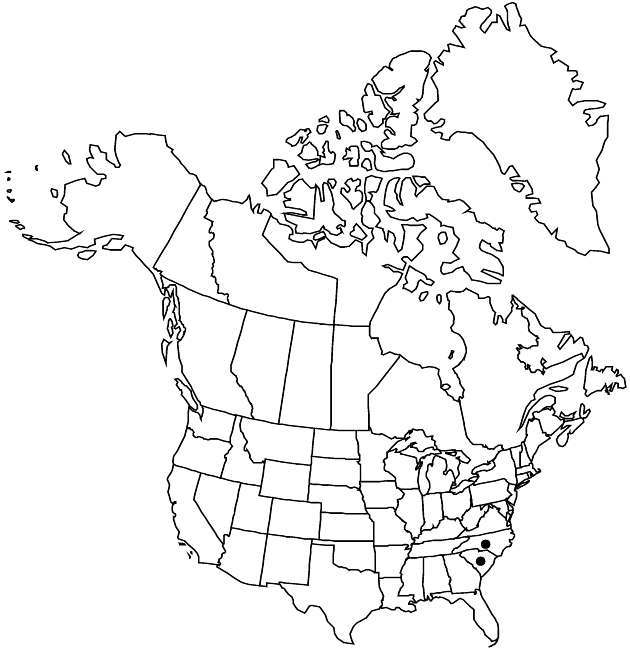Solidago verna
Fl. N. Amer. 2: 205. 1842.
Plants 50–120 cm; caudices branching, woody. Stems 1, ascending-erect, softly short villous. Leaves: basal and proximal cauline winged-petiolate petioles (petioles 1/2+ leaf length), blades broadly ovate (or subcordate) to elliptic, 50–100(–160) × 30–40 mm, margins shallowly serrate-crenate, apices acute to obtuse, soft short-villous; mid and distal cauline subpetiolate or sessile, blades ovate to elliptic, 20–40 × 5–15 mm, greatly reduced, becoming narrowly elliptic. Heads 50–100, in paniculiform arrays, proximal branches obscurely to evidently recurved-secund. Peduncles slender. Involucres campanulate, 4–5 mm. Phyllaries in 3–4 series, broadly lanceolate, unequal, glabrate or sparsely short-strigose. Ray florets usually 7–12; laminae 3–6 × 1.5–2 mm. Disc florets usually 14–27; corolla tubes 4 mm, lobes 0.8–1 mm. Cypselae 1.5–2.5, sparsely strigose; pappi ± 3 mm (shorter than corollas). 2n = 18.
Phenology: Flowering May–Jun.
Habitat: Open woods, fields, dry bogs, roadsides of coastal plain
Elevation: 10–70 m
Distribution

N.C., S.C.
Discussion
Solidago verna is in the Center for Plant Conservation’s National Collection of Endangered Plants.
Selected References
None.